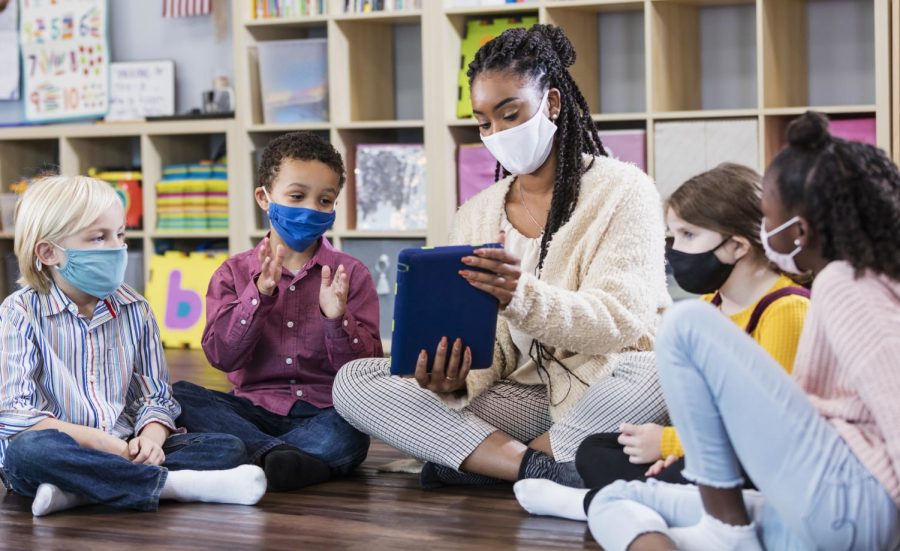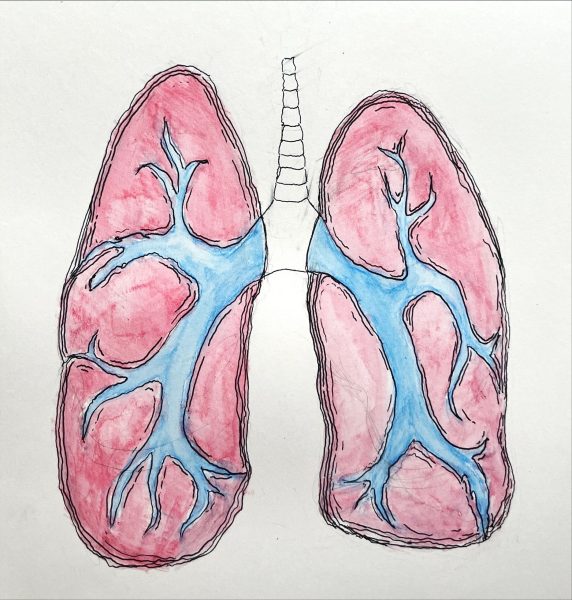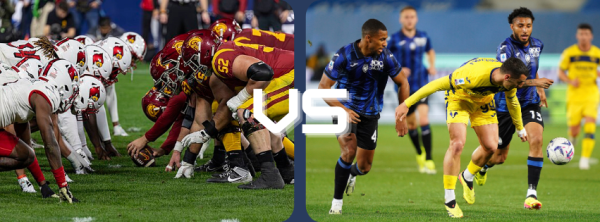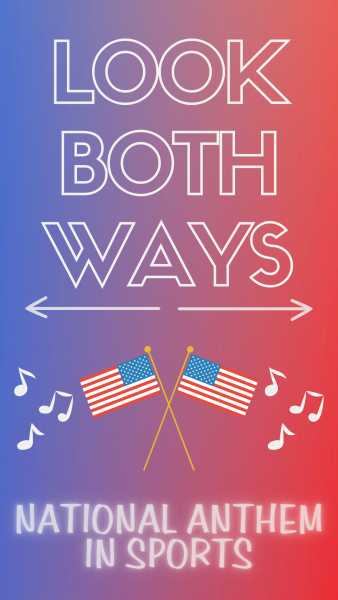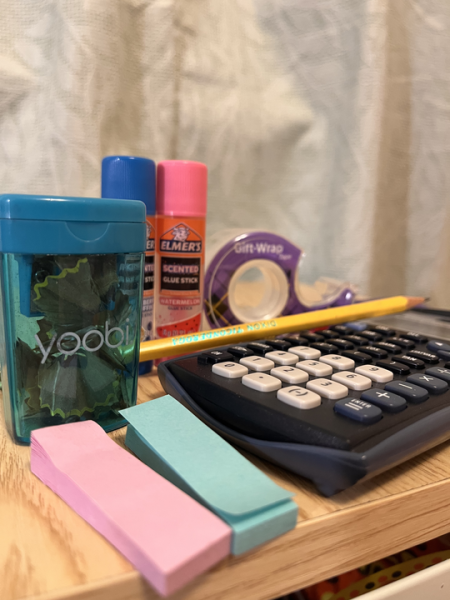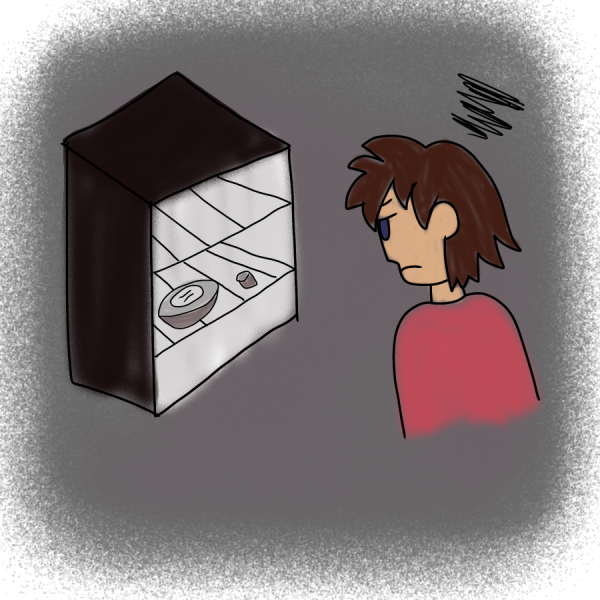OPINION: Kids growing up in the pandemic live in a different world than us
Gen Z is one of the last groups of kids to know life before the pandemic.
February 15, 2022
When masks were first made mandatory, I felt extremely self-conscious wearing one. But now, I feel self-conscious not wearing a mask. It is a controversial topic. There is so much confusion with on and off mask mandates creating chaos, but they are harming children struggling with communication.
Your first several years of life are some of the most important because that is when you learn how to communicate. We now have a generation of kids who have never gone to school without a mask, kids who don’t know what their teachers’ and classmates’ faces look like. While they are able to read facial expressions through the eyes and forehead of an individual, it is language and speech where they struggle most.
With the pandemic and mask mandates only being two years old, studies are limited, but many teachers have expressed their opinions on the matter.
Erin Phillips, M.S. speech-language pathologist from Southern Illinois University Edwardsville, expresses the difficulty she has experienced in the classroom since the mask mandates began.
“Some kids need the visual model of placement to best learn how a sound is made,” Phillips said. “Before the pandemic, I could model a sound, then we could look in a mirror and see if the student was imitating it correctly. With both of us wearing masks, that modeling component is less consistent, even nonexistent at times.”
While she has been able to adapt due to the use of technology in class, it still doesn’t measure up to the level a student needs in order to learn. In addition, many of her colleagues have attempted to use the clear masks, but they fog up and defeat their purpose.
One argument that has been made is if visually impaired children can learn at the same rate as their peers, why can’t we do it with masks? Phillips says that this might be true for students who have typical development, but not for those already struggling with communication.
“My concern is for students who already have a predisposition to a communication delay,” Phillips said. “I can also attest that in my district with early childhood special education, we have seen an increase in students with communication delays.”
Gen Z is one of the last groups of kids to know life before the pandemic. An entirely new generation is growing up, unable to have the same fundamentals we had growing up, and there is no denying the effect it is having on them.
Junior communicative disorder major Faith Asbrand does not disagree when it comes to the challenge in teaching children communication.
“With masks, we obviously are unable to lip read, which does add a challenge for students, especially students who are hard of hearing,” Asbrand said. “Masks hinder children learning pronunciation. For example, when children can see their teacher make the ‘o’ shape with their mouth for ‘ooooo’ sound, it is easier for children to mimic that.”
However, Asbrand has hope that the mask mandates will be fully lifted eventually, and children will be able to learn as normal, like before the pandemic.
“Children have the ability to adapt,” Asbrand said. “Many children had to adapt to wearing masks, and once the mask mandate lifts everyone will adapt to not wearing the masks again.”
This information does not take away from the fact that masks have been proven to help against the fight of COVID-19, and should be worn for that reason.
I remember my first day of kindergarten; I met my best friend that day. We were playing with the toys in the classroom, running around, laughing and comfortably interacting with each other. However, today’s children are six feet apart, masked and tested for strands of COVID-19. It is a completely different world than what we had.


